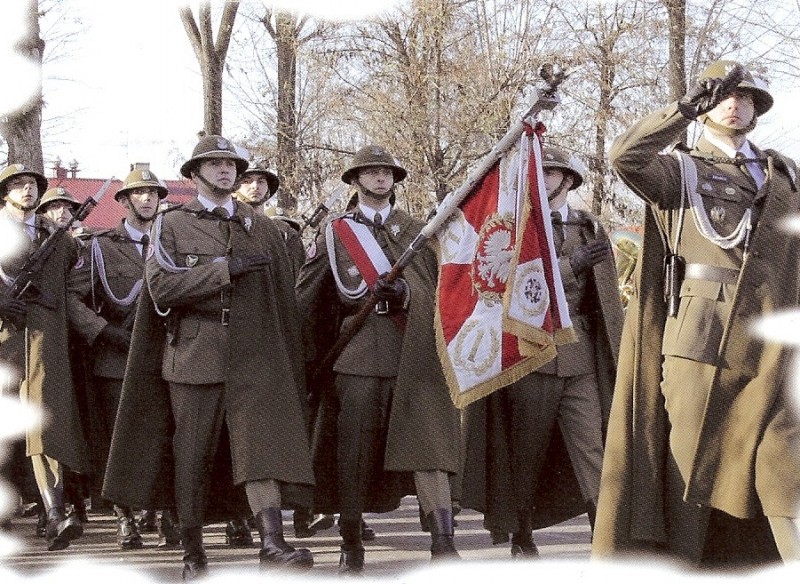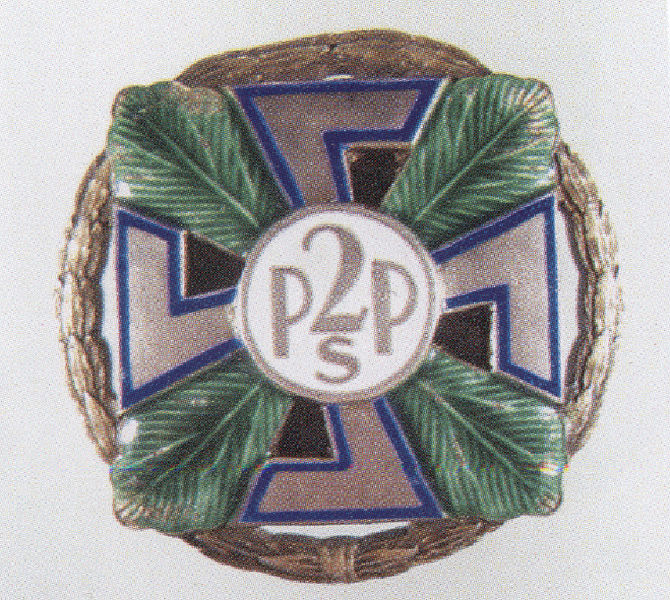Post by Bonobo on Feb 10, 2013 19:43:10 GMT 1
Polish Highland troops:
en.wikipedia.org/wiki/Podhale_Rifles
Podhale Rifles (Polish: Strzelcy podhalañscy) is the traditional name of the mountain infantry units of the Polish Army. Formed in 1918 out of volunteers of the region of Podhale, in 1919 the smaller detachments of Podhale Rifles were pressed into two mountain infantry divisions, the 21st Mountain Infantry and 22nd Mountain Infantry Divisions, as well as into three brigades of mountain infantry. Considered an elite of the Polish Army, the units were roughly equivalent to the German Gebirgsjäger troops.
After the Polish defeat in the Polish September Campaign, the Podhale units were recreated in France as Polish Independent Highland Brigade, had seen some action at Narvik, and later fought in the Battle of France and fled into Switzerland upon the French defeat. Some units were also created in the underground as part of the partisan forces of the Armia Krajowa. The traditions of the Podhale Rifles are continued by the modern 21st Podhale Rifles Brigade.
The traditional symbols of the Podhale Rifles include the edelweiss flower and the Mountain Cross, a swastika symbol popular in folk culture of the Polish mountainous regions. The units of Podhale Rifles, both historical and modern, are notable for their high morale and distinctive uniforms. Prior to World War II the mountain units were one of only two infantry units wearing non-standard uniforms based on Mountaineer folk garment rather than military uniforms. This tradition is continued.
The swastikas which appear in unit's logos have no relation whatsoever to the swastikas used by German Nazi movement. Swastika was a common geometric ornament in the folk culture of Tatra mountains and for that reason it was adopted by highlander units of Polish army. The usage of swastikas by highlander regiments of Polish army predates the rise of NSDAP.






en.wikipedia.org/wiki/Podhale_Rifles
Podhale Rifles (Polish: Strzelcy podhalañscy) is the traditional name of the mountain infantry units of the Polish Army. Formed in 1918 out of volunteers of the region of Podhale, in 1919 the smaller detachments of Podhale Rifles were pressed into two mountain infantry divisions, the 21st Mountain Infantry and 22nd Mountain Infantry Divisions, as well as into three brigades of mountain infantry. Considered an elite of the Polish Army, the units were roughly equivalent to the German Gebirgsjäger troops.
After the Polish defeat in the Polish September Campaign, the Podhale units were recreated in France as Polish Independent Highland Brigade, had seen some action at Narvik, and later fought in the Battle of France and fled into Switzerland upon the French defeat. Some units were also created in the underground as part of the partisan forces of the Armia Krajowa. The traditions of the Podhale Rifles are continued by the modern 21st Podhale Rifles Brigade.
The traditional symbols of the Podhale Rifles include the edelweiss flower and the Mountain Cross, a swastika symbol popular in folk culture of the Polish mountainous regions. The units of Podhale Rifles, both historical and modern, are notable for their high morale and distinctive uniforms. Prior to World War II the mountain units were one of only two infantry units wearing non-standard uniforms based on Mountaineer folk garment rather than military uniforms. This tradition is continued.
The swastikas which appear in unit's logos have no relation whatsoever to the swastikas used by German Nazi movement. Swastika was a common geometric ornament in the folk culture of Tatra mountains and for that reason it was adopted by highlander units of Polish army. The usage of swastikas by highlander regiments of Polish army predates the rise of NSDAP.












